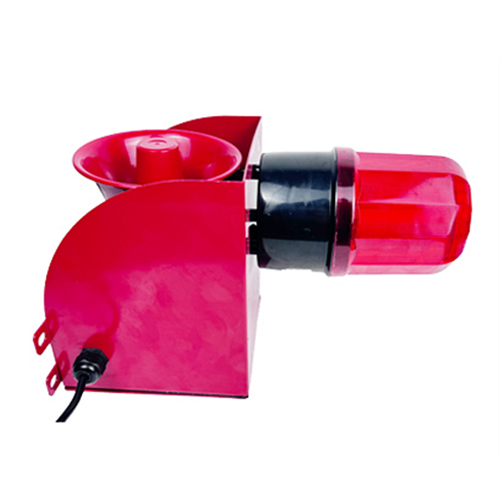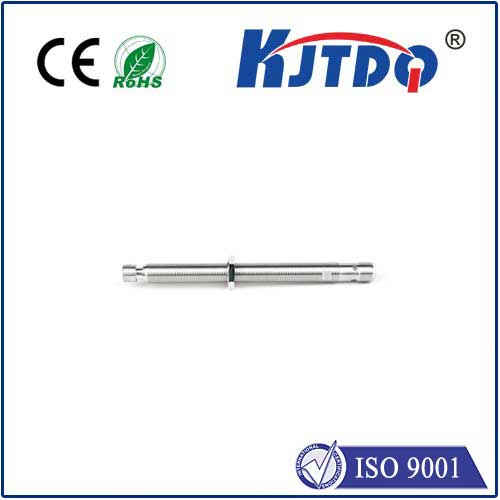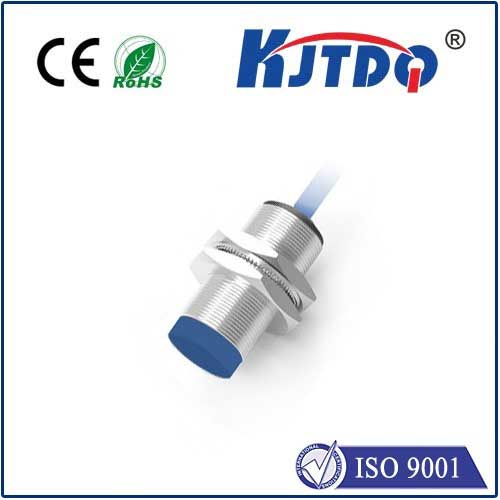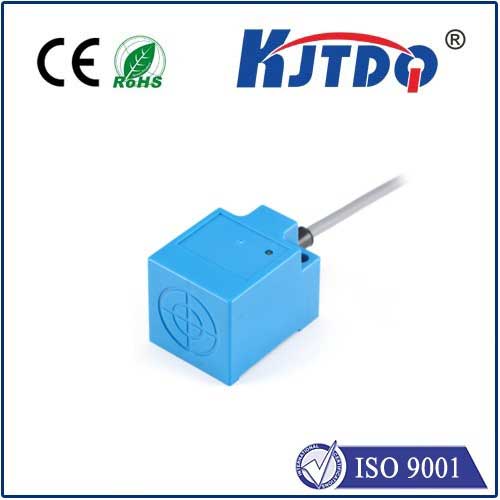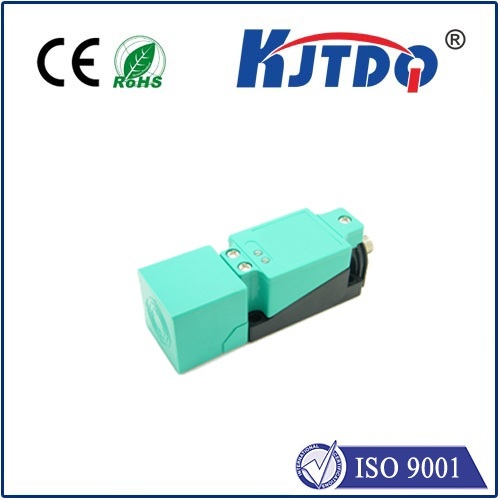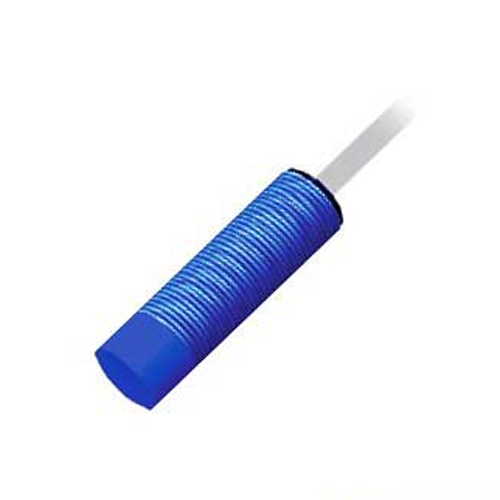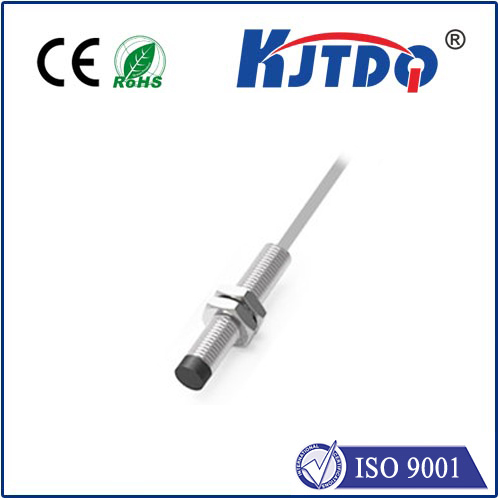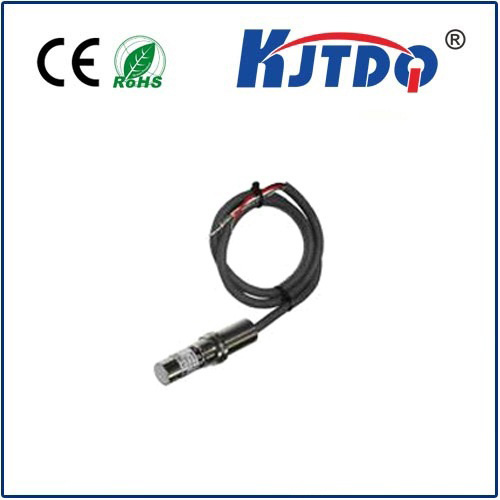

check

check

check

check

check

check

check

check

check

check
Introduction to Metal Inductive Sensors
Metal inductive sensors, a class of transducers that use the principle of electromagnetic induction to detect and measure magnetic fields, have become increasingly important in various sectors due to their high sensitivity, accuracy, and reliability. This article will provide an overview of metal inductive sensors, including their basic principles, types, and applications.
Principles of Metal Inductive Sensors
At its core, a metal inductive sensor consists of two main parts: a coil of wire or ribbon wound around a magnetic core, and an exchange coil. When a changing magnetic field passes through the coil, it induces an alternating current (AC) in the exchange coil. The magnitude and direction of the induced voltage are proportional to the strength and direction of the applied magnetic field. By measuring this voltage, metal inductive sensors can determine both the magnetic field strength and its orientation.
Types of Metal Inductive Sensors
There are several types of metal inductive sensors based on their design, operating principle, and application. Some common types include:
Linear metal inductive sensors: These sensors produce a linear output voltage relative to the magnetic field strength, making them suitable for detecting changes in intensity.
Sensing metal inductive sensors: These sensors integrate the AC voltage generated by the primary coil with additional circuitry to provide more accurate and stable measurements.
Hysteresis metal inductive sensors: These sensors use hysteresis, a phenomenon where the transition between two states is delayed due to the presence of impurities or defects in the material, to improve sensitivity and resolution.
Surface metal inductive sensors: These sensors operate by measuring the changes in the capacitance produced by a magnetic field acting on a conductive surface. They are commonly used in non-contact sensing applications such as proximity detection.
Applications of Metal Inductive Sensors
Metal inductive sensors find widespread use in various domains due to their versatility and effectiveness. Some common applications include:
Automotive industries: Metal inductive sensors are used to detect and monitor engine performance, tire pressure, and other system parameters.
Industrial monitoring: They are employed to track equipment performance, monitor industrial processes, and ensure safety standards are met.
Medical imaging: In medical devices such as MRI machines, metal inductive sensors help detect magnetic fields generated by the subject's body tissues.
Consumer electronics: They are used in devices like remote controls, smart home systems, and gaming controllers for position sensing and gesture recognition.
Conclusion
As metal inductive sensors continue to evolve and improve, their applications are expected to expand even further. With increased understanding of their working principles and capabilities, researchers and manufacturers are developing new sensor technologies that promise higher accuracy, greater speed, and more reliable performance.
